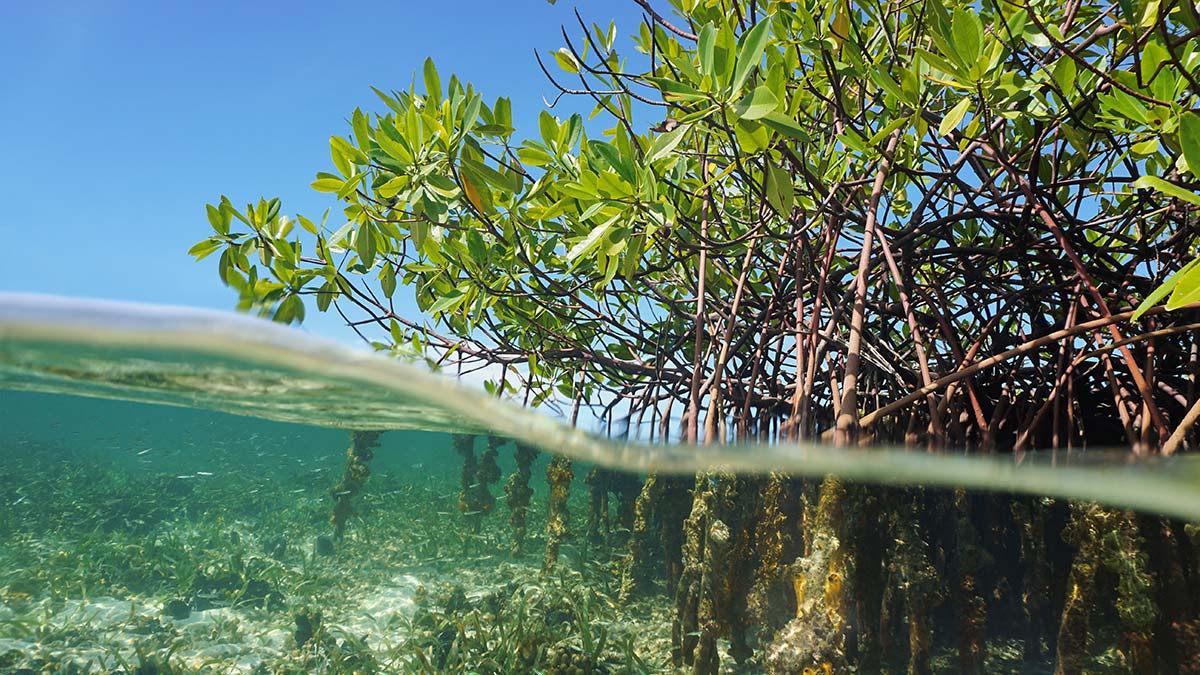India’s Carbon Sequestration
India’s green cover has been absorbing more carbon than it emits annually over the past decade. This achievement marks the crucial role of vegetation in mitigating climate change. However, recent studies indicate that this carbon sequestration capacity declines during extreme climate events, such as droughts. Researchers at the Indian Institute of Science Education and Research (IISER), Bhopal, have explored this phenomenon in detail.
About Carbon Sequestration
- Carbon sequestration refers to the process by which carbon dioxide (CO2) is absorbed from the atmosphere and stored by vegetation.
- This process occurs through photosynthesis, where plants take in CO2 and release oxygen.
- The net ecosystem exchange (NEE) measures the balance between CO2 uptake and release.
- A negative NEE indicates effective carbon storage, while a positive NEE shows more carbon is released than absorbed.
India’s Carbon Absorption Capacity
- For the last decade, India’s ecosystems have absorbed between 380 to 530 million tonnes of carbon annually.
- This shows that the country’s green cover plays a vital role in climate regulation.
- Evergreen forests are particularly efficient in capturing CO2.
- However, deciduous forests in central India have been found to release more carbon than they sequester.
Impact of Climate Extremes
The study reveals that carbon sequestration is not constant. During extreme conditions like drought, vegetation’s ability to absorb CO2 decreases. Drought conditions are becoming more frequent due to climate change, raising concerns about the long-term sustainability of carbon sequestration in India.
Types of Vegetation and Their Roles
Different types of vegetation contribute differently to carbon absorption. Evergreen forests are effective at capturing CO2, while deciduous forests can act as carbon sources. Croplands, despite being less effective per unit area, cover extensive areas and contribute to CO2 removal.
Innovative Research Approaches
IISER researchers have developed a technology-driven approach to quantify carbon sequestration potential across India. This innovative method uses advanced physics-based computer models and observations of plant fluorescence. The collaboration with international experts has enhanced the accuracy of carbon measurement, providing a clearer picture of ecosystem responses.
Policy Implications
The findings emphasise the need for effective climate policies and ecosystem management. Integrating scientific research with national action plans is crucial for enhancing carbon sequestration efforts. The study advocates for a proactive approach to tackle climate extremes and their impact on vegetation.
Month: Current Affairs - February, 2025
Category: Environment Current Affairs








